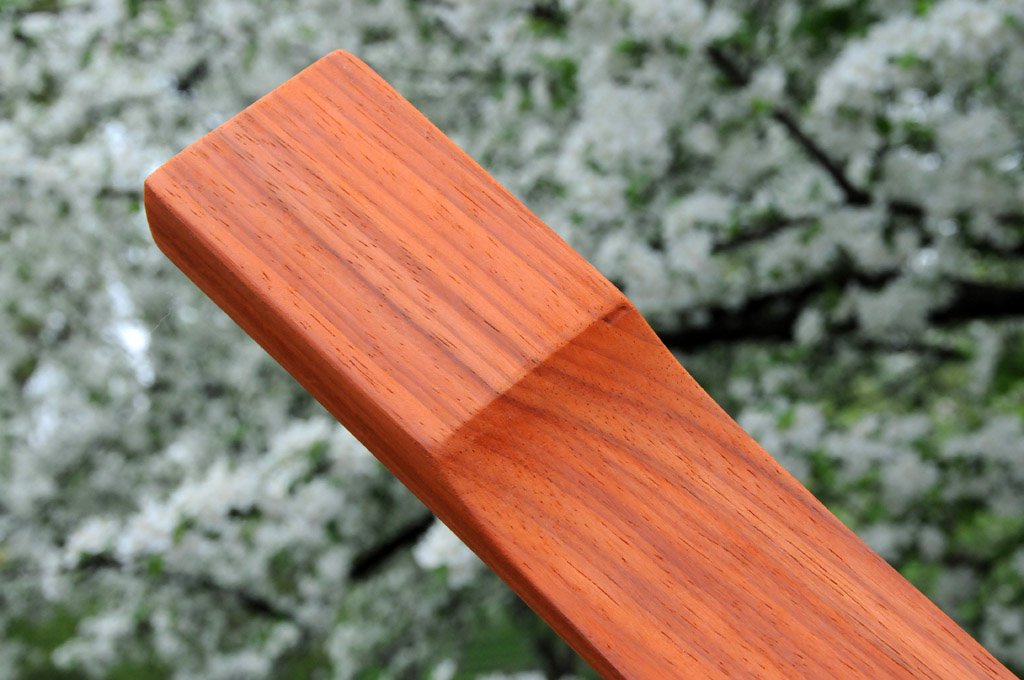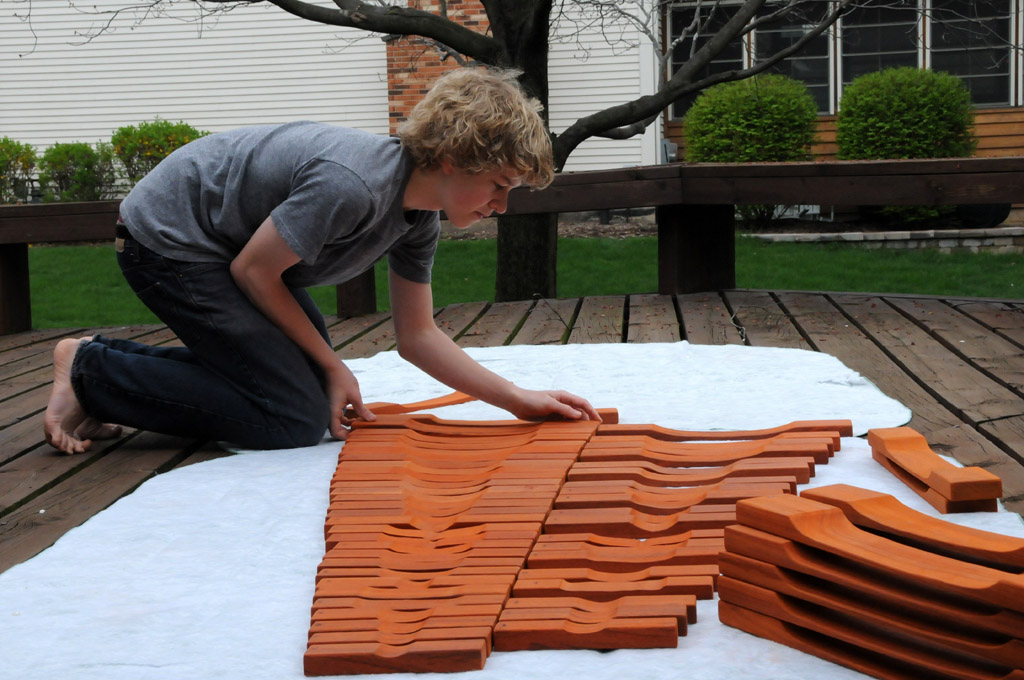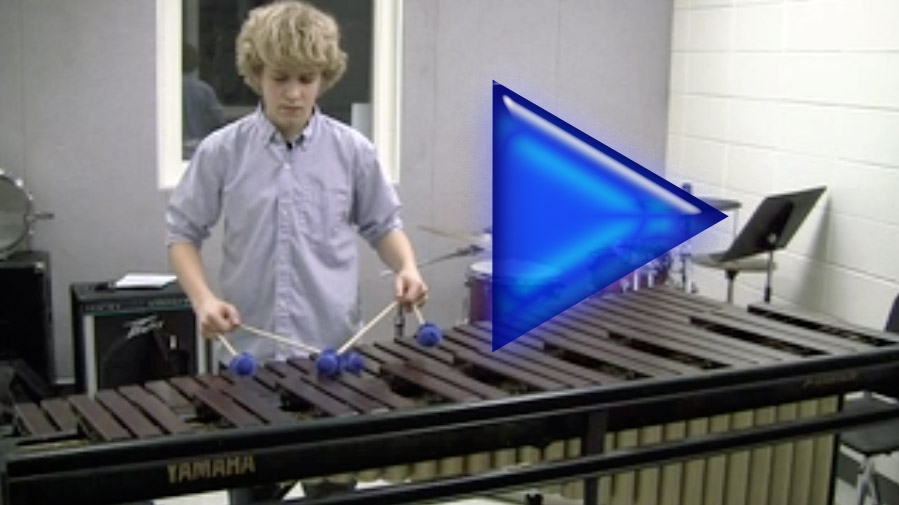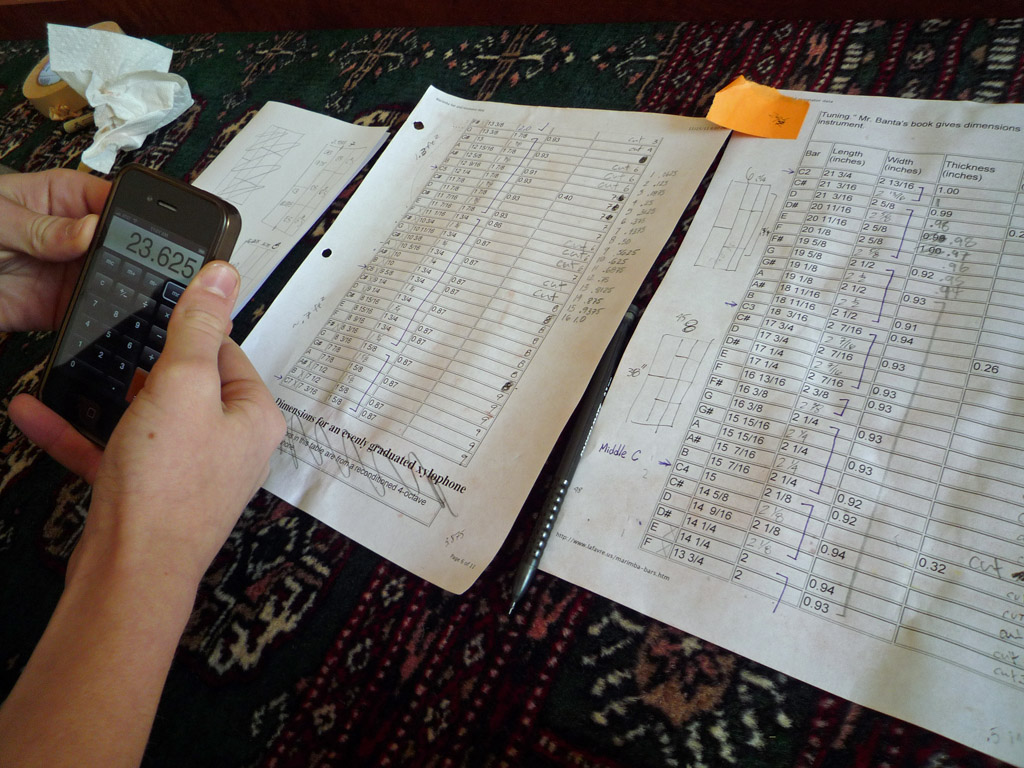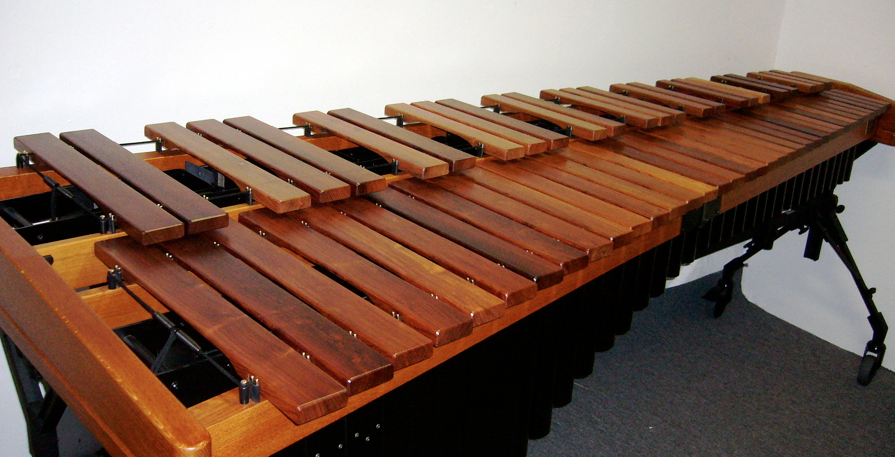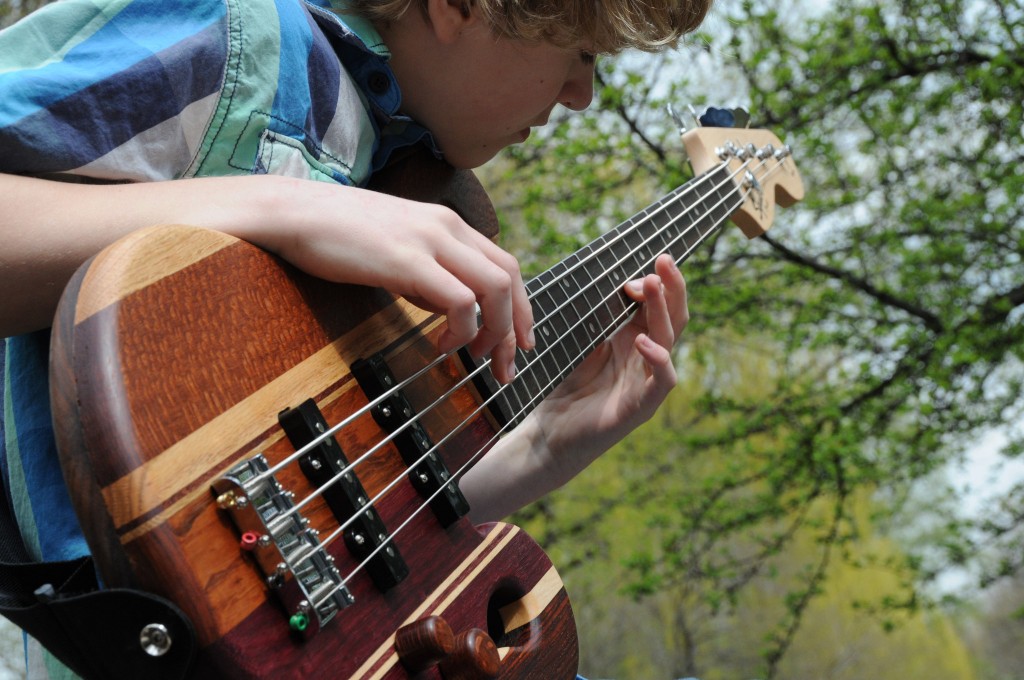Sit back, get a cup of coffee or tea, and we will explain what we have learned… some of our education has come the hard way.
Musical instruments are complex. Middle C (C4) sounds different on a piano, flute, guitar, trumpet, and marimba because each has a unique timbre. Each may play the same note (the fundamental), but the tone is accompanied by dozens of harmonics, usually interesting multiples of the basic note. A common harmonic to be carried along with the fundamental tone is an octave. (twice the fundamental). For example, the “A” above middle C is usually 440 Hertz, or 440 cycles per second. Or, if you can imagine an old fashioned speaker vibrating in and out, it would have to do that 440 times a second to play a A4. The A5 an octave above that is double in frequency, or 880 Hertz. A6 is double that, or 1760 Hz. So integer multiples of the base frequency (2f, 3f, 4f, etc) are the common harmonics that are heard along with the fundamental (the pitch being played)
That sounds so simple. Such beautiful math. Of course, doubling (2X) the frequency (Hertz) for every change in ONE octave means the pitch and frequency are related through a logarithm… Moving a note up THREE octaves (from A4 to A7 for example) means multiplying the frequency by EIGHT. Moving a note down TWO octaves (from A4 to A2) means dividing the frequency by FOUR. Again, beauty. We will skip the discussion of the equal temperament scale (12th roots are required) for now. Just marvel at the beauty of how frequencies with wonderful ratios are perceived as different pitches by the human ear.
So, why do we care about this to tune our marimba?
A simple penny whistle or flute has a very clean sound. The note that is played (the fundamental) is what you hear loudest. That’s because the flute is a very pure instrument. The column of air inside the flute is what vibrates to make the sound, not the metal flute. So even though Harold Hill may try and sell you on something better, a silver, gold, platinum, and nickel flute will all sound mostly the same — it is the column of air that is vibrating that makes the sound, and air is free.
However for a marimba, there are two parts needed to make music, the wooden bar, and the resonator (the column of air in a tube below it). Unlike the resonator, with it’s simple column of air, the wooden bar vibrates in VERY complex ways and therefore produces several harmonics simultaneously (its timbre). The choice of wood affects how the wood will “sustain” after being struck, how fast certain harmonics decay, and the strength of various vibrational modes. A marimba bar does not just vibrate in a simple up and down wave motion (transverse mode), like a guitar string, but also twisting back and forth (torsional mode) and wiggling side to side (lateral mode). However for Paul and I, we are only going to try and tune the transverse modes of the “first” and maybe the “second” harmonic after the fundamental.
Whew.
Ok, that was the background :-) Now the problem with tuning….

A “C” on our Baldwin baby grand. The leftmost peak with the arrow above it is the fundamental. The other peaks are the 6 harmonics
Using a combination of the spectrum analyzer and Continue reading →

